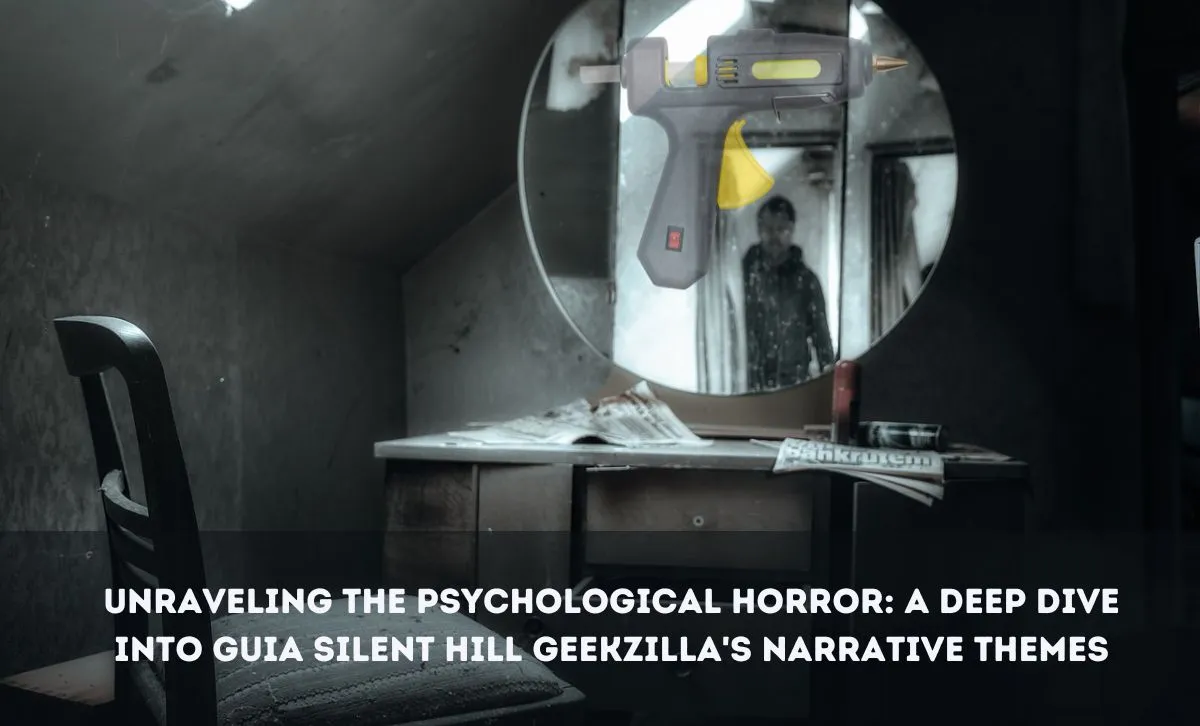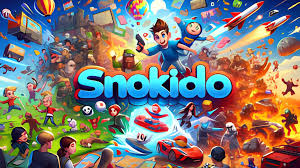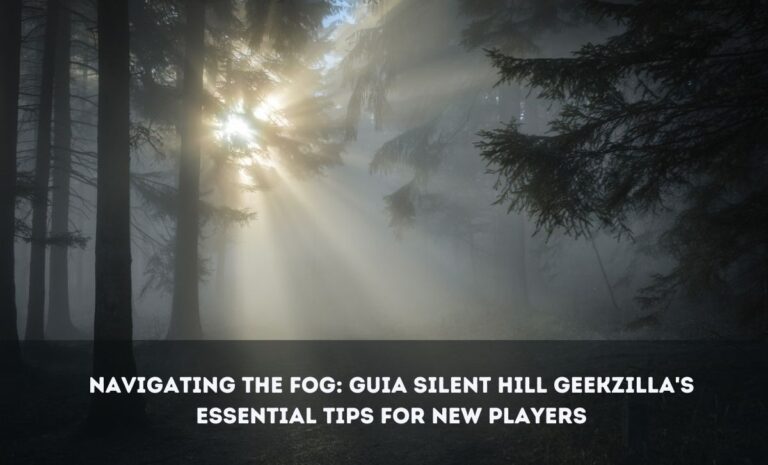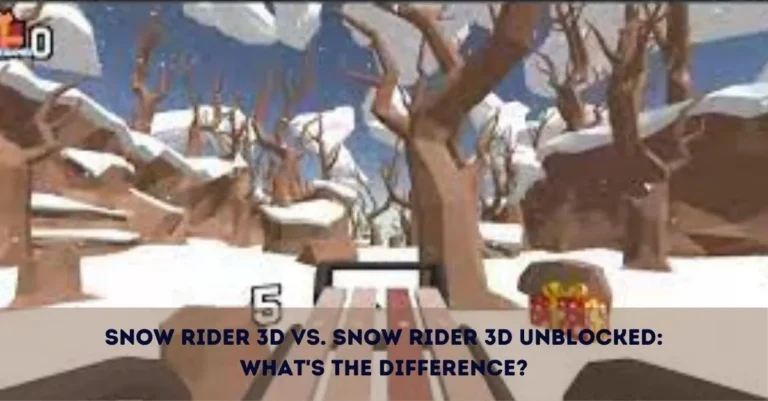Unraveling the Psychological Horror: A Deep Dive into Guia Silent Hill Geekzilla’s Narrative Themes

Silent Hill is more than just a series of scary encounters in a foggy town; it’s a name that sends chills down the spine of any horror game fan. As explored in the Guia Silent Hill Geekzilla, this iconic franchise delves deep into the human psyche. It weaves complex narratives that explore the darkest corners of our minds. Let’s unravel the psychological horror that makes Silent Hill a true masterpiece of the genre.
The Mirror of the Soul
At its core, Silent Hill acts as a twisted mirror, reflecting the fears, guilt, and traumas of those who find themselves lost in its mist-covered streets. It holds up a dark reflection of the human psyche. The Guia Silent Hill Geekzilla emphasizes how the town itself becomes a character. It morphs and changes to manifest the inner demons of its visitors. This psychological landscape sets Silent Hill apart from mere jump-scare horror. It creates an atmosphere of perpetual unease and dread.
Guilt: The Crushing Weight
One of the most prominent themes explored in Silent Hill is guilt. Take James Sunderland from Silent Hill 2, for example. His journey through the town is a manifestation of his suppressed guilt over his wife’s death. The monsters he encounters, including the iconic Pyramid Head, are physical representations of his desire for punishment. They also symbolize his inability to cope with his actions.
The Guia Silent Hill Geekzilla highlights how the theme of guilt runs throughout the series. Each protagonist confronts their own personal demons. Whether it’s Harry Mason’s guilt over his adopted daughter in the first game or Heather’s struggle with her true identity in Silent Hill 3, the town forces characters to face the parts of themselves they’ve tried to bury.
Loss and Grief: The Void That Consumes
Loss is another central theme that the Guia Silent Hill Geekzilla highlights. The series explores how individuals cope (or fail to cope) with profound loss. Silent Hill 2’s Mary’s letter is a perfect example of this, serving as both the catalyst for James’ journey and a symbol of his inability to let go.
The town of Silent Hill itself can be seen as a manifestation of loss – a place that was once normal but has been corrupted and twisted. This mirrors the way loss can distort our perception of the world around us, turning familiar things into sources of pain and fear.
Personal Demons: The Monsters Within
Perhaps the most chilling aspect of Silent Hill’s psychological horror is its portrayal of personal demons. The Guia Silent Hill Geekzilla emphasizes that the monsters in Silent Hill are not random creatures. Instead, they are manifestations of the characters’ fears, traumas, and repressed emotions.
For instance, the nurses that appear in various games symbolize different aspects of the protagonists’ psyches. They range from James’ repressed sexual desires to Heather’s fear of hospitals. In Silent Hill 2, the Abstract Daddy is a terrifying representation of childhood abuse, while the dogs often symbolize loyalty distorted by trauma.
The Power of Symbolism
The Guia Silent Hill Geekzilla delves into the rich symbolism present throughout the series. From the omnipresent fog representing the blurring of reality and the subconscious, to the use of mirrors as portals between worlds, Silent Hill is rife with psychological imagery.
The series also plays with the concept of duality – the normal world versus the nightmare world. Thus, representing the conscious and subconscious minds. This shifting between realities serves to disorient both the characters and the players. Thus, blurring the lines between what’s real and what’s a manifestation of inner turmoil.
The Role of Choice and Consequence
Another aspect explored by the Guia Silent Hill Geekzilla is how the series uses player choices to deepen its psychological narrative. Many games in the series feature multiple endings. Each ending reflects different aspects of the protagonist’s psyche or different ways they might cope with their trauma.
This element of choice adds another layer to the psychological horror. Players must grapple with the consequences of their actions, much like the characters face the results of their past decisions.
Breaking the Fourth Wall
Silent Hill doesn’t just explore the psychology of its characters – it also plays with the player’s mind. The Guia Silent Hill Geekzilla notes how the series often breaks the fourth wall, blurring the line between game and reality.
From Psycho Mantis-style controller port tricks to in-game messages that seem to address the player directly, Silent Hill creates an unsettling experience. This eerie feeling extends beyond the screen and immerses players in the game’s psychological horror.
The Legacy of Silent Hill’s Psychological Horror
The impact of Silent Hill’s approach to psychological horror cannot be overstated. As the Guia Silent Hill Geekzilla points out, the series has influenced countless other games, films, and novels. Its exploration of deep-seated human fears and traumas through symbolism and atmospheric storytelling has set a benchmark. This approach has defined the standards in the horror genre.
Conclusion: The Fog Never Lifts
Silent Hill’s power lies in its ability to tap into universal human experiences – guilt, loss, fear, and the struggle with our own demons. The series creates a horror experience through its intricate narratives, symbolic monsters, and psychologically charged environments. This haunting experience lingers long after the console is turned off.
The Guia Silent Hill Geekzilla serves as an invaluable resource for understanding these complex themes. It offers insights that enhance our appreciation of the series’ psychological depth. As we navigate the fog-shrouded streets of Silent Hill, we’re not just facing external horrors. We’re confronting the darkness within ourselves. That, perhaps, is the most terrifying journey of all.







One Comment